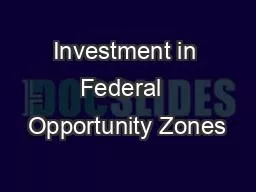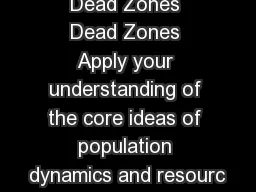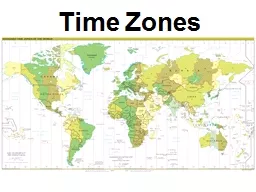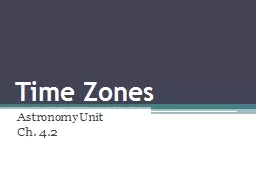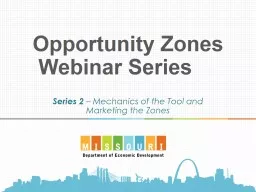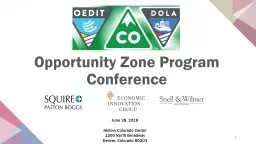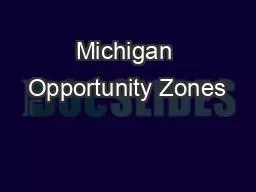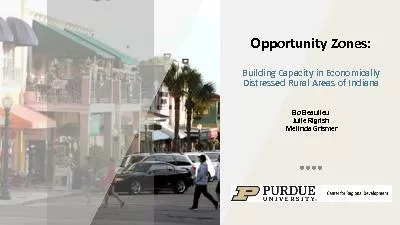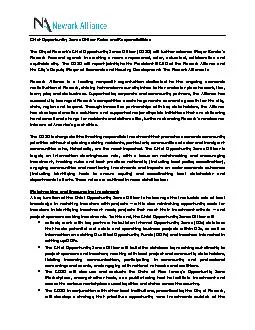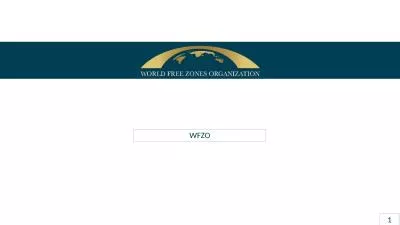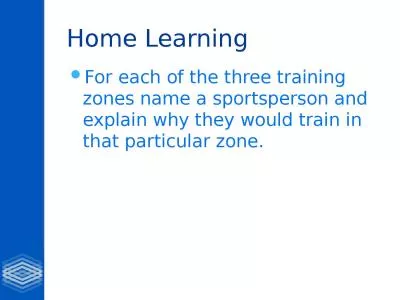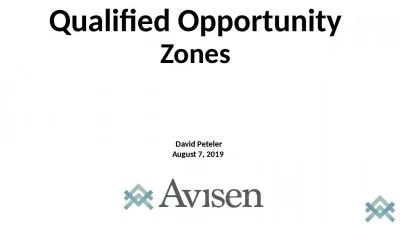PPT-Investment in Federal Opportunity Zones
Author : lastinsetp | Published Date : 2020-08-27
Opportunity Zones History Policy and Process What is the basic concept behind the legislation What is the policy goal Brief legislative history how did we get
Presentation Embed Code
Download Presentation
Download Presentation The PPT/PDF document "Investment in Federal Opportunity Zones" is the property of its rightful owner. Permission is granted to download and print the materials on this website for personal, non-commercial use only, and to display it on your personal computer provided you do not modify the materials and that you retain all copyright notices contained in the materials. By downloading content from our website, you accept the terms of this agreement.
Investment in Federal Opportunity Zones: Transcript
Download Rules Of Document
"Investment in Federal Opportunity Zones"The content belongs to its owner. You may download and print it for personal use, without modification, and keep all copyright notices. By downloading, you agree to these terms.
Related Documents

